In the bustling world of education, creating a lively and engaging classroom environment is crucial to nurturing a love for learning among students.
Injecting fun and interactive activities into the curriculum not only keeps boredom at bay but also enhances students’ creativity, critical thinking, and social skills.
From hands-on experiments to thought-provoking games, there are endless opportunities to make the learning experience enjoyable and memorable for students.
We present fun activities for students in the classroom that are sure to ignite their curiosity and make learning an adventure they’ll eagerly embark upon each day.
So, let’s dive into a world of excitement, where education and fun go hand in hand!
Interactive Science Experiments:
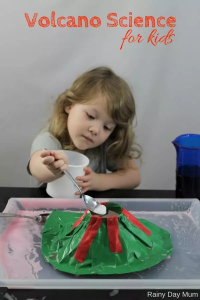
Science becomes a captivating adventure when students can actively participate in hands-on experiments. From creating volcanic eruptions using baking soda and vinegar to constructing simple electrical circuits, interactive science experiments not only pique students’ interest but also help them understand complex concepts through direct experience. Encouraging teamwork and critical thinking, these activities foster a deeper appreciation for the scientific method and promote a sense of wonder about the natural world.
Literary Character Role-Play:

Bring literature to life by having students engage in role-play as their favorite literary characters. Whether they reenact scenes from classic novels or imagine alternative endings, this activity sparks creativity and empathy. By stepping into the shoes of the characters they read about, students gain a deeper understanding of their motivations and emotions. It also provides an opportunity for students to express themselves verbally and non-verbally, enhancing their communication skills and boosting their confidence in public speaking.
Mathematical Puzzles and Escape Rooms:
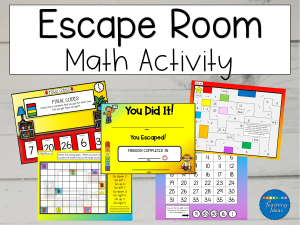
Transform math from a daunting subject into an exciting challenge with mathematical puzzles and escape rooms. Creating brain-teasers that require students to solve equations, unravel patterns, and decode clues not only sharpens their problem-solving abilities but also cultivates a positive attitude towards mathematics. The element of competition and the race against time in escape rooms add an adrenaline rush, fostering teamwork and camaraderie among students as they work together to crack the codes.
Related: 20 Fun Minute to Win It Cup Games for Kids
History Through Time Travel Simulations:

Immerse students in the past with interactive history time travel simulations. Organize a simulation where students assume the roles of historical figures and recreate significant events. Whether it’s the signing of a historical treaty or the exploration of ancient civilizations, this activity allows students to gain a deeper understanding of the context and consequences of historical events. It encourages research, critical analysis, and creative thinking while making history an engaging journey through time.
Foreign Language Karaoke:
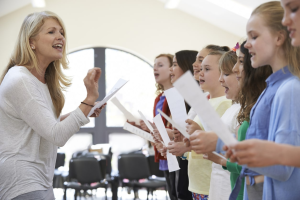
Host a foreign language karaoke session where students sing songs in the language they are learning. Provide lyrics and music, and let them perform individually or in groups. This activity not only improves language pronunciation and vocabulary but also boosts confidence in using the language.
Science Show and Tell:
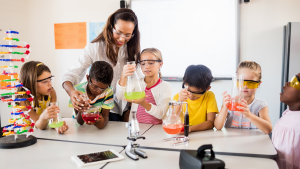
Encourage students to bring in science-related objects or conduct simple experiments for a science show and tell. They can explain the scientific principles behind their items or demonstrations. This activity enhances communication skills, scientific curiosity, and peer learning as students share their interests and discoveries.
Historical Role-Playing Games:

Organize historical role-playing games where students take on the roles of famous figures from different eras. They can engage in debates, negotiations, or reenactments of historical events. This activity fosters historical empathy, critical thinking, and a deeper understanding of the complexities of the past.
Debate and Persuasion Battles:
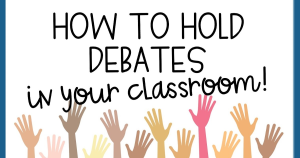
Organize lively debates and persuasion battles on various topics relevant to the curriculum. Divide the class into teams, and let them research and present arguments supporting their positions. Debates not only develop students’ public speaking and critical thinking abilities but also teach them to respect diverse viewpoints. This activity cultivates a deeper understanding of complex issues and nurtures the art of effective persuasion.
Related: 20 Innovative Rubber Band Games for Kids
Music and Mnemonics for Memorization:

Integrate music and mnemonic devices into the learning process to make memorization more engaging and effective. Whether it’s creating a catchy song to remember historical dates or using rhymes to recall mathematical formulas, music, and mnemonics help students retain information in a fun and memorable way. This activity fosters creativity, boosts memory retention, and makes the learning experience more enjoyable.
Innovative Coding Challenges:
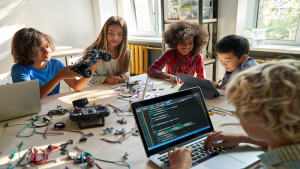
Introduce students to the world of coding and computer programming through interactive challenges. Platforms like Scratch or Blockly offer visual coding environments suitable for beginners. Students can create games, animations, and interactive stories, fostering computational thinking and problem-solving skills. This activity not only prepares students for the digital age but also instills a sense of accomplishment as they see their projects come to life.
Creative Science Fiction Writing:

Encourage students to venture into the world of science fiction writing. They can invent futuristic worlds, aliens, or time-travel adventures. This imaginative activity nurtures storytelling, creative thinking, and writing skills while allowing students to explore their wildest ideas.
Language Immersion Day:
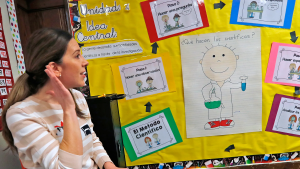
Designate a language immersion day in the classroom, where students communicate only in the target language they are learning. Engage them in language-based games, role-plays, and activities to reinforce vocabulary and grammar concepts. Language immersion enhances language fluency and cultural understanding, making the learning process more interactive and enjoyable.
STEM Design Challenge:

Engage students in a STEM design challenge where they have to build structures or devices using specific materials. For example, they can construct a bridge with popsicle sticks or a catapult with rubber bands. This hands-on activity promotes creativity, problem-solving, and engineering skills as students work together to design and test their creations.
Culinary Science:

Combine science and cooking in a culinary science activity. Choose recipes that involve scientific processes like baking, fermentation, or emulsification. Students can follow the recipes, while you explain the scientific principles behind each step. This activity not only offers a hands-on learning experience but also instills an understanding of the science behind everyday activities.
Book Character Carnival:
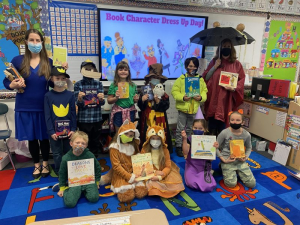
Transform the classroom into a book character carnival, where students dress up as their favorite literary characters and participate in games and activities related to the books they’ve read. This activity celebrates reading, encourages book discussions, and sparks enthusiasm for literature. Students can also create booths and presentations showcasing the books they love, inspiring their peers to explore new reading material.
STEM Challenge Stations:
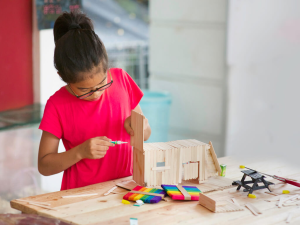
Set up STEM (Science, Technology, Engineering, and Mathematics) challenge stations where students can work in small groups to solve real-world problems. Provide them with materials and instructions for hands-on tasks like building bridges, designing paper airplanes, or constructing simple machines. This activity fosters teamwork, problem-solving skills, and a deeper understanding of STEM principles in a fun and collaborative way.
Journalistic Newsroom:
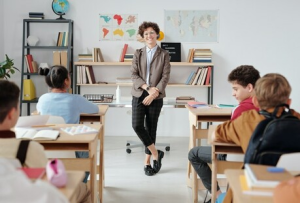
Transform your classroom into a bustling newsroom where students act as journalists and reporters. Assign them current events or historical topics to research and report on. Students can create news articles, videos, or podcasts to present their findings. This activity hones research, writing, and media literacy skills, allowing students to explore and share important stories in an engaging manner.
Book Club and Author Visits:
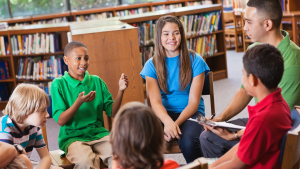
Start a book club where students can read and discuss books together. Invite authors (in-person or virtually) to talk about their works, writing process, and inspiration. Book club discussions encourage critical thinking, analytical skills, and a love for reading. Author visits provide students with unique insights into the world of literature and creativity.
Cultural Cuisine Day:
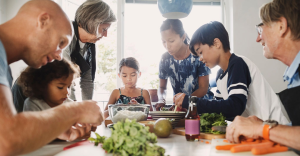
Organize a cultural cuisine day where students can bring in dishes from various cultures and countries. Encourage them to research the history and significance of the food they bring. As students share their dishes, they learn about different cultures, traditions, and culinary practices. This activity promotes cultural awareness, empathy, and appreciation for diversity.
Outdoor Nature Exploration:
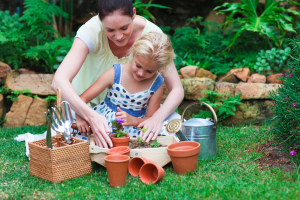
Take learning beyond the classroom walls with an outdoor nature exploration activity. Whether it’s a field trip to a nearby park or a school garden, students can observe plants, insects, and wildlife in their natural habitat. Provide field journals for students to sketch and write about their discoveries. This activity nurtures environmental awareness, scientific observation skills, and an appreciation for the natural world.
Creative Story Starters:

Kickstart students’ imaginations with creative story starters. Provide them with intriguing opening sentences or images and ask them to continue the story. This activity promotes storytelling, creative writing, and critical thinking as students develop their narratives. You can also encourage them to share their stories with the class, fostering a supportive and enthusiastic storytelling environment.
Community Service Projects:
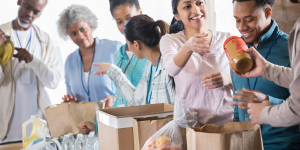
Engage students in community service projects that allow them to give back to the community. Collaborate with local organizations or charities to identify meaningful projects, such as a food drive, park cleanup, or visiting elderly residents at a care facility. This activity fosters empathy, social responsibility, and a sense of community, instilling important values that extend beyond academic learning.


